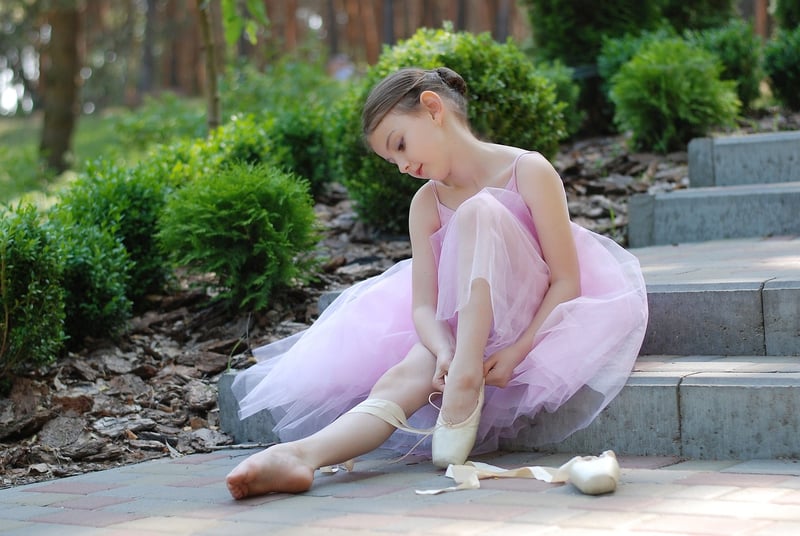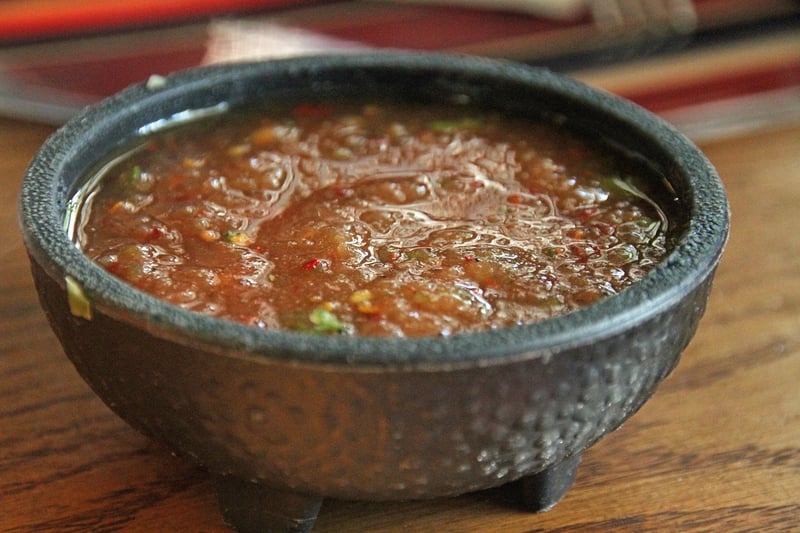Salsa
Exploring Expressive Movement Forms: Salsa Dancing
Salsa dancing is not only a popular social activity but also a beautiful form of expressive movement. It combines intricate footwork, rhythmic body movements, and captivating spins that make it a favorite among dancers worldwide. Let's delve into the world of salsa dancing and discover its unique characteristics.
The Origins of Salsa Dancing
Salsa dancing originated in the Caribbean, with influences from various cultures such as Cuban Son, cha-cha-cha, mambo, and Puerto Rican bomba. It evolved in the 1970s in New York City, where it gained popularity in the Latin dance community and beyond.
Key Elements of Salsa
Salsa is characterized by its energetic and sensual movements that sync with the beats of the music. Partners engage in a series of steps and turns, often in a circular motion, creating a dynamic and fluid dance routine. The connection between partners is crucial, as they communicate through leading and following to execute the movements seamlessly.
Benefits of Salsa Dancing
- Improves cardiovascular health
- Enhances coordination and balance
- Boosts mood and reduces stress
- Builds social connections and confidence
Getting Started with Salsa
Whether you are a beginner or an experienced dancer, salsa offers a welcoming environment for all levels. Many dance studios and social events provide classes and opportunities to practice salsa dancing. Remember to wear comfortable attire and shoes that allow for smooth movements on the dance floor.
Experience the Magic of Salsa
Embark on a journey into the world of salsa dancing and discover the joy of expressive movement through this vibrant dance form. Let the rhythm guide your steps and immerse yourself in the passion and energy of salsa music.

Image Source: Pixabay
